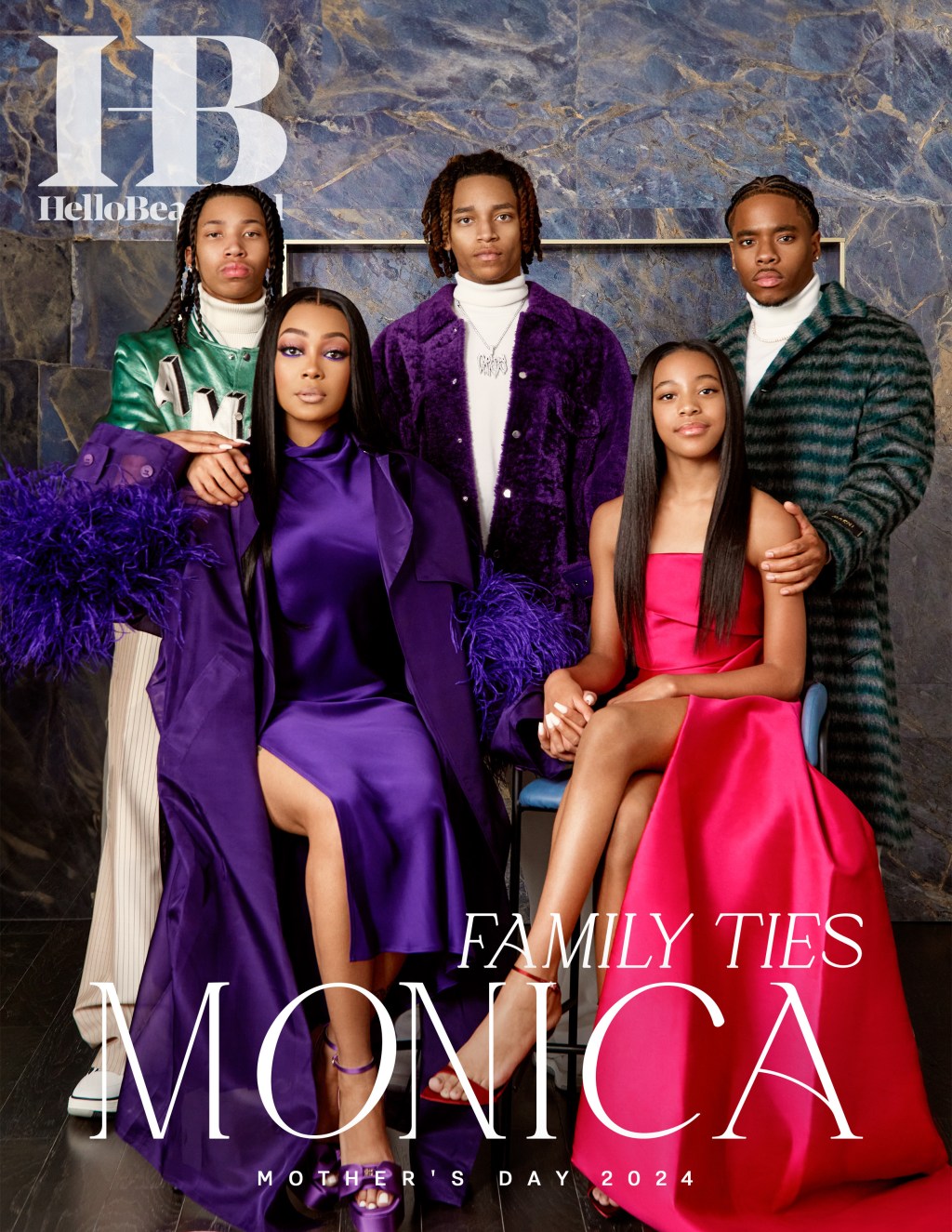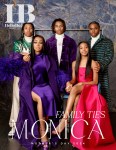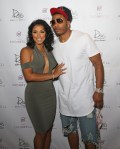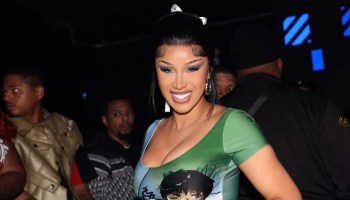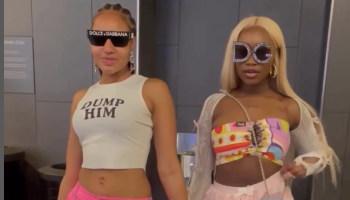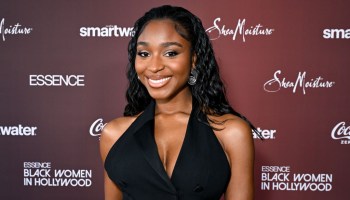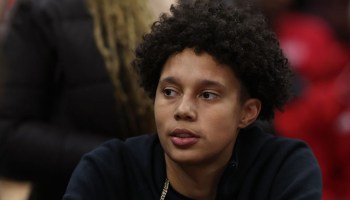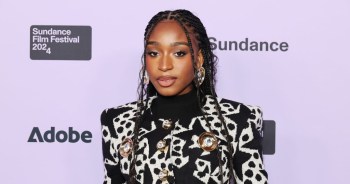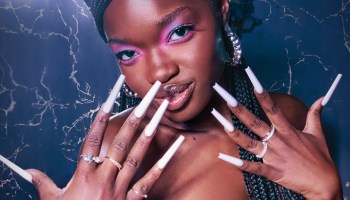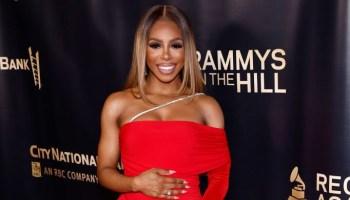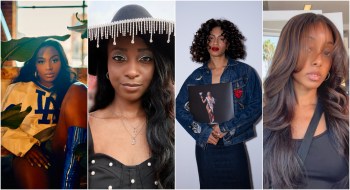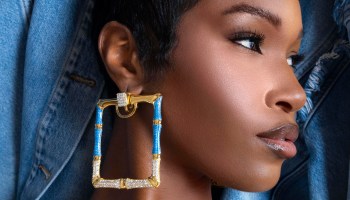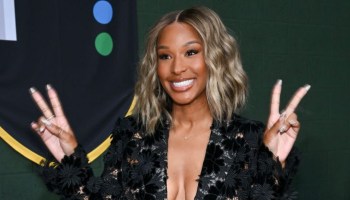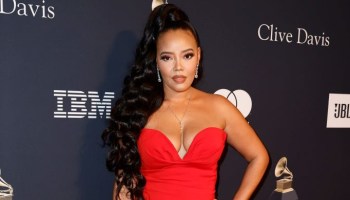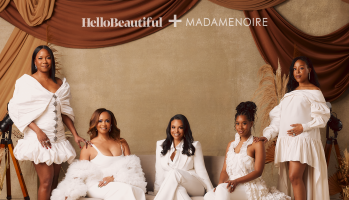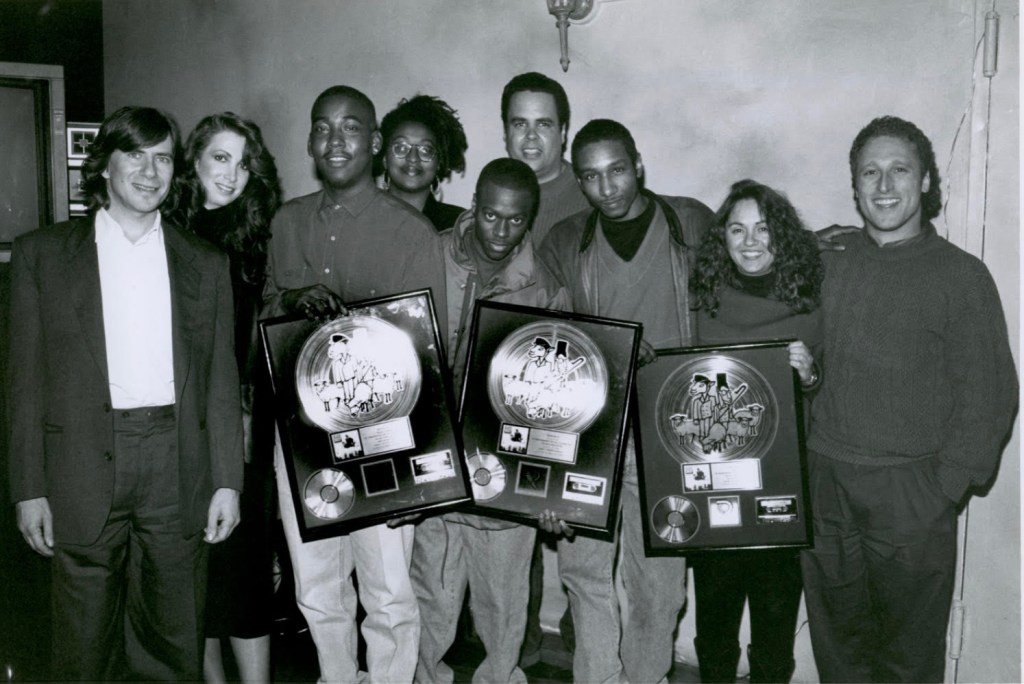
Source: Lisa Cortes / Lisa Cortes
In August, we celebrated the 50th anniversary of our beloved hip-hop music, artists, and culture. The little genre that few believed would make it grew to become a global sensation, and we celebrated with everything from listicles of the greatest M.C.s of all time to concerts with legends like Big Daddy Kane and Rakim. Acknowledging the contributions made by artists is certainly worthy of celebration. However, the impact of the Black women behind the hit records remains underexplored and undercelebrated. The Black women who worked as hip-hop executives in the 90s and 2000s were not just responsible for helping to cultivate the hip-hop sound and shaping the business landscape in hip-hop, but they were instrumental in shaping hip-hop fashion trends that we still rock to this day. Their contributions to the culture were as unique as their own personal style. Some of their names are less recognizable than the artists we’ve come to know and love. Yet, the impact of the decisions they made behind the scenes shaped the trajectory and aesthetics of the culture.
Before social media gave fans a glimpse into their favorite celebrity’s personal style, music videos, magazine covers, and live performances brought us some classic hip-hop looks that remain iconic today. From Mary’s around-the-way girl aesthetic, TLC with their hat to the back, to Mya rocking her jersey dresses. Yet, deciding what colors, clothes, and trends an artist will wear for an appearance isn’t always a solo endeavor. HelloBeautiful spoke to Lisa Cortés, a former executive at Def Jam label and former V.P. of A&R at Mercury Records, about the people behind the scenes who help craft the artist’s looks. “There is a great omission of the women who are behind the scenes. We know about the incredible artist, [but] there were women who were executives who had a great say in who is going to be the stylist, and who is going to direct the video, and shoot the album cover and how the artists dress when they go on tour,” Cortés shared. “All the things we don’t think about that make the artist stand out.”
The group Black Sheep, one of the standout artists signed by Cortés during her tenure at Mercury Records, was part of the Native Tongues Posee. The Native Tongues Posee was known for lyrics and fashion that evoked positive images and messages about Afrocentrism. In the crowded world of hip-hop, helping an artist distinguish themselves requires a village. When creating a hit sound, an artist needs the assistance of a dope producer and sometimes a writer. When creating the right look, the artist needs the help of a dope stylist and an executive with a vision to ensure the personal style matches the aesthetic of the artist’s overall sound.
Black women play an intricate part in Hip Hop culture
Groups like the Native Tongues Posse and artists like L.L. Cool J, RUN DMC, and Jay Z are rightfully celebrated for their significant contributions to hip-hop and also for the style trends they created. The Black women behind the scenes also deserve their flowers for helping bring these hip-hop heavyweights to the limelight. “People know the front men, but there are always other people in those companies who had a say in the framing in how an artist show up,” Cortés said. In addition to helping to frame how an artist presents, Black female executives in hip-hop also took a direct lead in helping to build the success of iconic hip-hop fashion brands. For example, Anne Simmons, former President of Rush Communications and Co-Founder and President of Rush Media from 1994-2001, told HB one of the more significant ways she impacted hip-hop fashion was by “writing the business plan for Phat Farm.” Which is credited as one of the brands that helped build hip-hop fashion.
Similarly– in terms of their style and even the trends they set–the personal fashion sense of an A&R executive herself is a crucial factor. For Cortés, her commitment to authenticity, community connection, and personal sense of style influenced how she helped shape and guide an artist’s style. She stated, “I was always kind of eclectic. I shopped at MOSHOOD.” she told HB. According to the store’s website, “the name MOSHOOD/Afrikan spirit has become synonymous with a style that personifies the “spirit” of Afrikan pride.” Cortés continued, “My fashion sense and how it aligned with my A&R sense was authentic. I always lean into a style that is part self-expressive and fly and makes me feel good about myself and Blackness, and with all my artists, I wanted them to feel the same and represent themselves in the same way.”
It’s not surprising that the fashion contributions of Black female executives in hip-hop are a rarely discussed topic. Whether intentional or not, the limited narratives on Black women’s impact on industry trends is a glaring omission. “[ As hip-hop grew], voices outside of our community started deciding who speaks for us,” Cortés theorizes “Oftentimes those voices were white and male and they looked at other men in hip-hop. They also looked at people who were really great at creating hits, and self-promotion.” In general, Black women’s accomplishments are often minimized, forgotten, or even left out of history, and the history of fashion and hip-hop music is no exception. Look no further than Cindy Campbell, the high school student without whose back-to-school party, hip-hop as we know it, may never have existed!
We must remember and celebrate Black women’s impact on hip-hop fashion and hip-hop culture. From deciding which stylist should be used and how the artists should dress on tour to crafting the business strategy for fashion brands, their contributions are worthy of commemoration. Celebrating Black women’s influence is a way to help ensure we remain the griots in a culture we helped birth. It’s about telling the story of marginalized groups and ensuring our brilliance is recorded. Which, at its best, is the very nature of hip-hop.
DON’T MISS…
